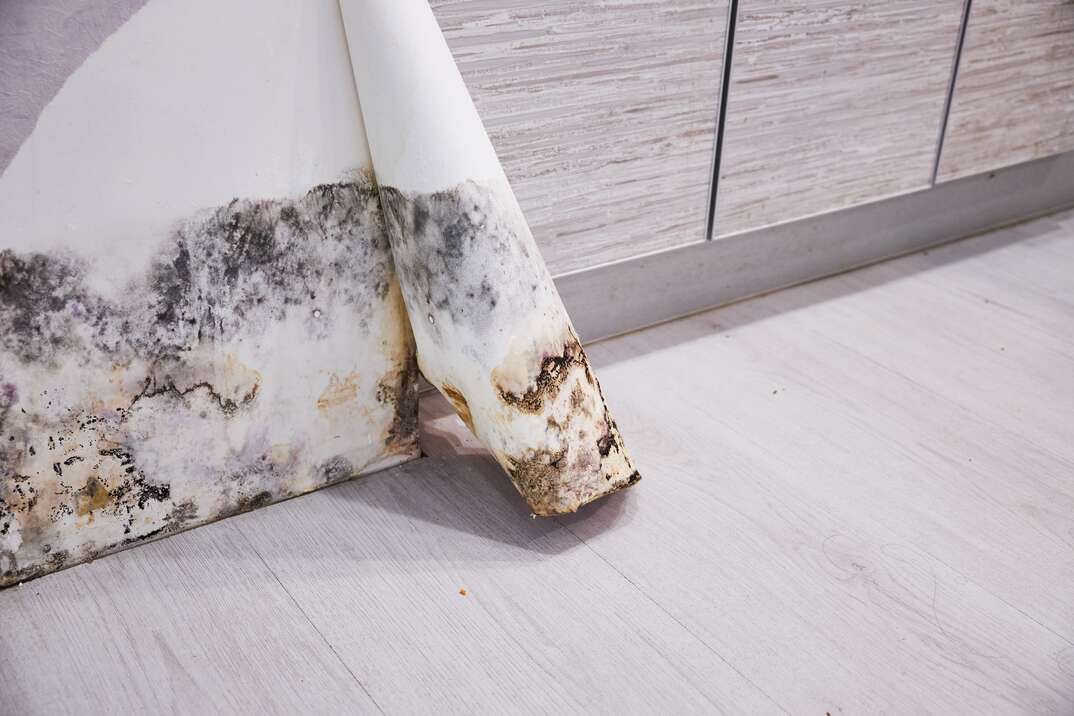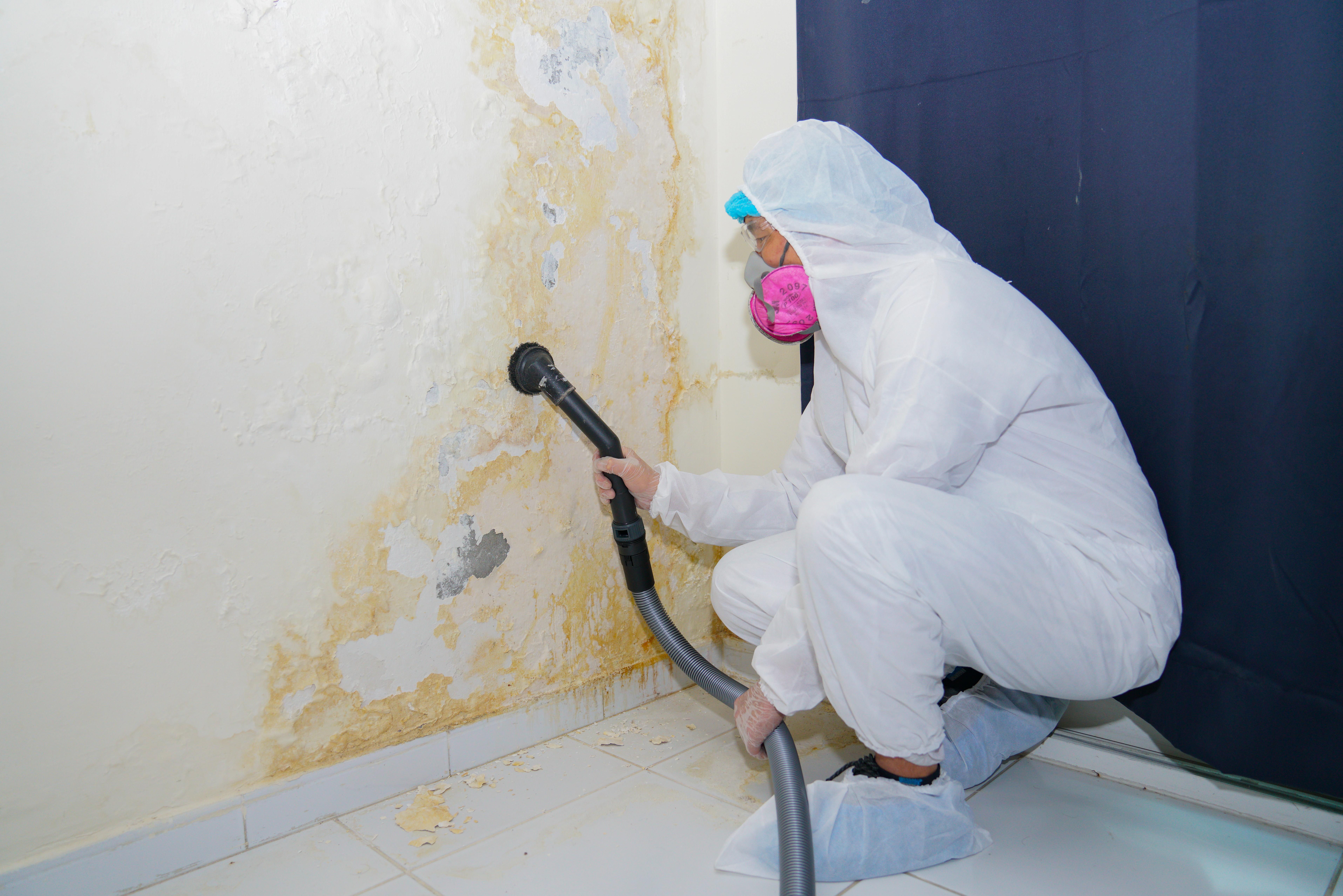Testing Air Quality After Mold Remediation
Testing Air Quality After Mold Remediation
Blog Article
Effective Article Mold And Mildew Remediation Solutions for Your Home
Mold and mildew growth in homes can be a consistent concern, commonly needing a systematic technique for effective post-remediation remedies. From understanding the variables that add to mold development to executing proper cleaning methods and wetness control procedures, the process can be intricate yet important for keeping a healthy and balanced living environment. Additionally, discovering natural removal solutions and establishing a routine for ongoing maintenance are important components of a detailed mold and mildew removal strategy. As homeowners strive to deal with mold problems, locating one of the most efficient remedies becomes critical for the wellness of their homes.
Recognizing Mold Growth Variables
The main element contributing to mold and mildew growth is wetness. Mold and mildew spores call for wetness to grow and germinate, making humid or wet settings extremely susceptible to mold problems.

Furthermore, air movement and light direct exposure can impact mold development. Areas that do not have correct air flow and natural light are extra susceptible to mold and mildew advancement. By resolving these aspects comprehensively, people can effectively mitigate mold and mildew development and guard their living settings.
Correct Mold Cleansing Strategies
Utilizing efficient cleaning techniques is necessary in resolving and protecting against the reappearance of mold and mildew contamination in indoor settings. When taking care of mold and mildew, it is crucial to focus on security by wearing protective equipment such as handwear covers, safety glasses, and masks. The first action in correct mold cleaning is to consist of the damaged area to avoid the spread of spores to uncontaminated areas. This can be accomplished by securing off the space and making use of air scrubbers or unfavorable air machines to preserve air high quality.

Carrying Out Moisture Control Steps
To properly stop mold development and contamination in indoor environments, applying wetness control measures is extremely important. Furthermore, guaranteeing correct ventilation in locations susceptible to moisture buildup, such as cooking areas and shower rooms, can help minimize the risk of mold and mildew growth. By carefully executing these dampness control steps, homeowners can efficiently lower the possibility of mold and mildew recontamination and maintain a healthy and balanced indoor atmosphere.
Making Use Of Natural Remediation Solutions
After efficiently executing dampness control measures to avoid mold and mildew growth in interior settings, homeowners can currently discover the effectiveness of all-natural remediation options in keeping a healthy home. Natural removal solutions use eco-friendly methods to deal with mold and mildew and mildew, making them a popular option for those looking for non-toxic options. One such remedy is using vinegar, an all-natural antimicrobial agent, to disinfect and clean surface areas contaminated by mold and mildew. Simply thin down vinegar with water and spray it onto the affected areas, permitting it to sit for a few hours prior to wiping tidy. In addition, tea tree oil, understood for its antifungal buildings, can be combined with water and sprayed onto mold-infested surfaces to prevent more growth. Another remove mold deck natural choice is hydrogen peroxide, which can efficiently eliminate mold on various surfaces without leaving hazardous residues behind. By integrating these natural remediation solutions right into their cleansing regimens, home owners can properly go battle mold and mildew development while promoting a healthier indoor environment on their own and their family members.

Preserving a Mold-Free Environment
Frequently checking locations susceptible to mold growth, such as restrooms, cellars, attic rooms, and cooking areas, is vital. Correct air flow in locations with high humidity degrees is additionally key to preventing mold growth.
Additionally, preserving tidiness in the home is crucial for mold and mildew avoidance. Consistently cleansing and dusting surfaces, carpets, and furniture can help eliminate mold and mildew spores prior to they have a possibility to resolve and increase. Utilizing mold-resistant products for construction materials and home furnishings can better help in producing a mold-free atmosphere. Maintaining indoor plants in check and ensuring correct drain in outdoor landscape design can reduce moisture accumulation, decreasing the chance of mold and mildew invasions. By following these positive maintenance practices, homeowners can effectively maintain a mold-free home.
Conclusion
In conclusion, it is necessary to attend to mold and mildew growth factors, make use of appropriate cleansing methods, implement dampness control steps, utilize all-natural remediation options, and preserve this post a mold-free setting in order to efficiently handle blog post mold removal in your home - Post Remediation verification. By adhering to these techniques, you can protect against mold from reoccuring and guarantee a healthy and balanced living setting for you and your household
The key factor contributing to mold and mildew growth is wetness. Mold and mildew spores require dampness to thrive and germinate, making damp or wet environments very susceptible to mold and mildew infestations.To properly avoid mold and mildew development and contamination in interior settings, carrying out moisture control actions is vital. In addition, making sure proper air flow in areas prone to moisture build-up, such as cooking areas and restrooms, can aid reduce the danger of mold and mildew growth.After effectively executing wetness control procedures to avoid mold and mildew development in indoor atmospheres, house owners can currently discover the effectiveness of natural remediation services in preserving a healthy and balanced living room.
Report this page